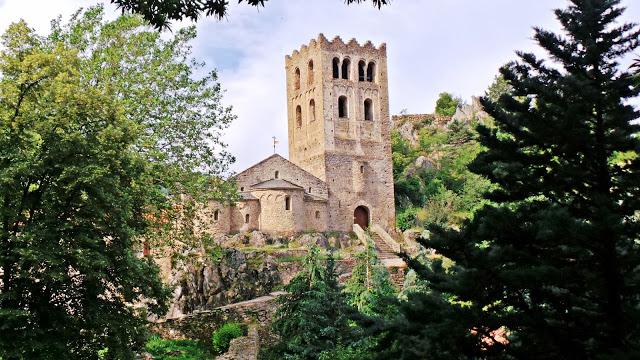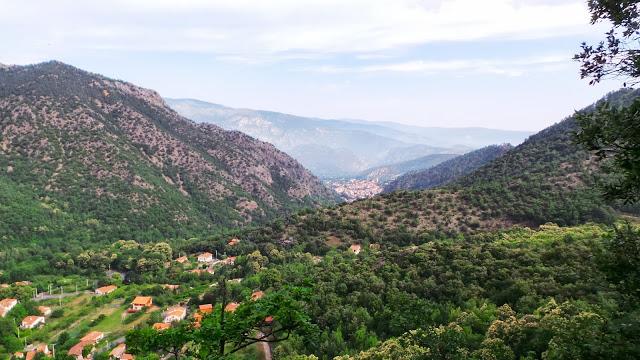

At midnight, the fire is distributed among a chain of volunteers who will take it to the Catalan-speaking towns, where it is traditional to light bonfires on the Night of San Juan. The fire of the Canigó Flame never goes out it remains in the Castellet de Perpignan until June 22 it moves to the Canigó summit. The Flama (flame) of Canigóįrom June 22 to 23 a ritual related to the bonfires of the Night of San Juan is celebrated, although its origin and evolution had, and has to do, with the will to keep Catalan culture alive. You will find fires in many squares and on the beaches, and if you decide to buy firecrackers or fireworks there are stalls in many places in Barcelona.Īnd finally, we celebrate it with a good bite of coca cakes de San Juan and a glass of cava, the typical food and drink in the shortest (or almost) night of the year. The bonfires are built by neighbors with all kind of wood and old furniture. And in the festival of San Juan who buy their firecrackers and fireworks are the locals, and make them explode during the whole night. Days before the June 23rd the first firecrackers are heard: these are mostly children and young people who can not wait for the night of 23rd.

It´s not just one festival, many are held in public or private premises, private homes, in the streets and on the beaches of Barcelona. Today we speak of verbena de San Juan more than the night of San Juan because the protagonist is the party. The fire, in turn, was serving as a purifying function in people who watched it. Although celebrated the night of 23rd to 24th of June, it is associated with the summer solstice (June 21) and pagan rites, with bonfires, sought to increase the power of the sun on its way to the winter solstice. The night of San Juan is a Christian holiday of pagan origin with bonfires, fireworks and firecrackers. Useful information (consulates, police, hospitals).Art (museums and temporary exhibitions halls).Travelling to Barcelona by car, bus or train.
#San marti del canigo how to#


 0 kommentar(er)
0 kommentar(er)
